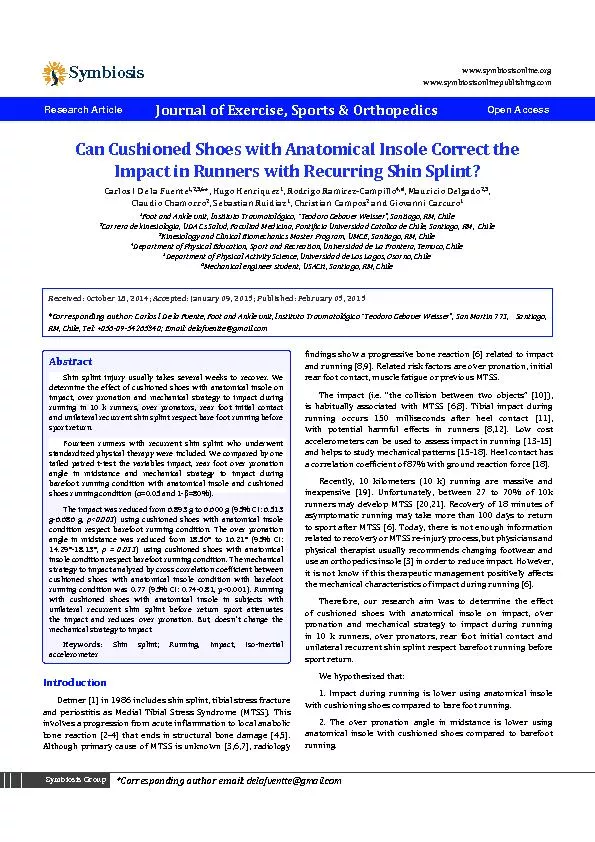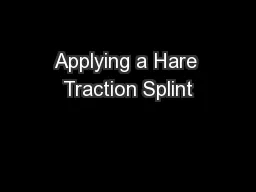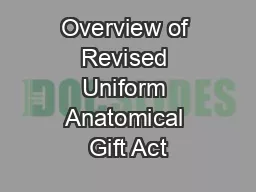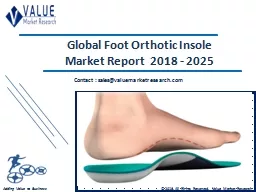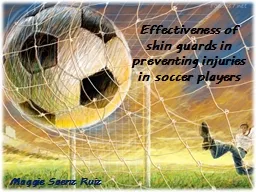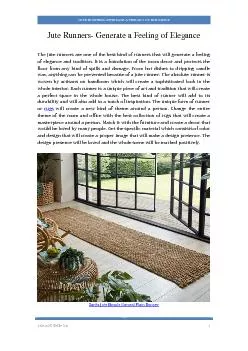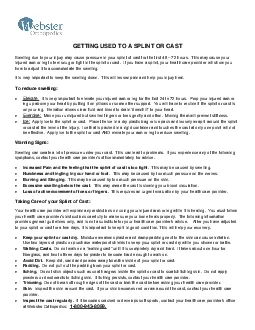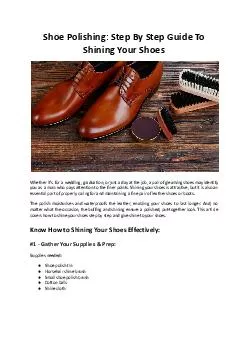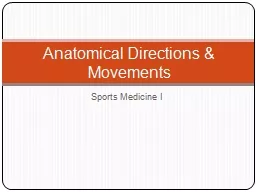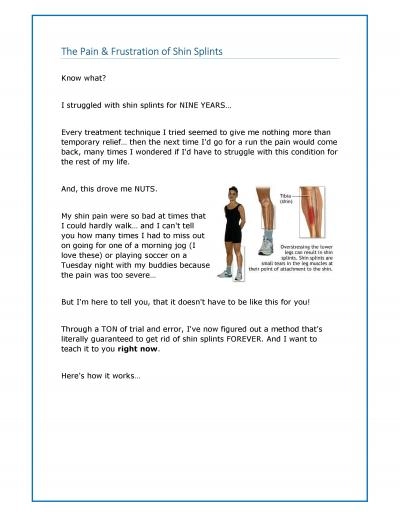PDF-Can cushioned shoes with anatomical insole correct the impact in runners with recurring
Author : luanne-stotts | Published Date : 2017-04-02
and running 89 Related risk factors are over pronation initial The impact ie x201Cthe collision between two objectsx201D 10 is habitually associated with MTSS 68
Presentation Embed Code
Download Presentation
Download Presentation The PPT/PDF document "Can cushioned shoes with anatomical inso..." is the property of its rightful owner. Permission is granted to download and print the materials on this website for personal, non-commercial use only, and to display it on your personal computer provided you do not modify the materials and that you retain all copyright notices contained in the materials. By downloading content from our website, you accept the terms of this agreement.
Can cushioned shoes with anatomical insole correct the impact in runners with recurring: Transcript
Download Rules Of Document
"Can cushioned shoes with anatomical insole correct the impact in runners with recurring"The content belongs to its owner. You may download and print it for personal use, without modification, and keep all copyright notices. By downloading, you agree to these terms.
Related Documents

